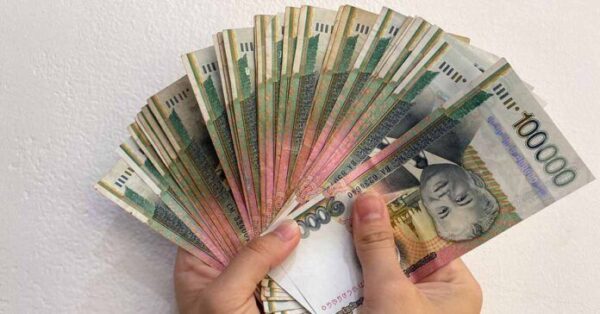Laos Economy in Distress as Kip Breaches 20,000 to US Dollar
Source: The Star
The Lao kip has continued to depreciate against foreign currencies, reaching a historic low today in international markets.
While the Bank of the Lao PDR set the exchange rate today at LAK 19,917 to the US dollar, commercial banks have been selling at a rate that has dropped below LAK20,000.
The value of the kip began to plummet in August 2020 as economic woes struck the country amid the COVID-19 pandemic, trading at LAK 9,494 in July according to rates set by BOL, while the shadow rate reached nearly LAK 11,000 to the dollar.

The currency reached a 15-year low in November 2021 when it traded at LAK 10,689 to the US dollar, marking the lowest official rate since July 2005.
Throughout 2022 and 2023 the kip has continued its decline, steadily falling until breaching LAK 20,000 to 1 USD today.
Meanwhile, the shadow rate is trading at around LAK 22,000 to the US dollar.
The gap between official rates and parallel market currency values has increased in recent months, putting importers under pressure and causing rising inflation.
The Lao government has responded with various measures, including shutting down currency exchange vendors, the issuance of bonds, and revising its law on foreign currency management.

